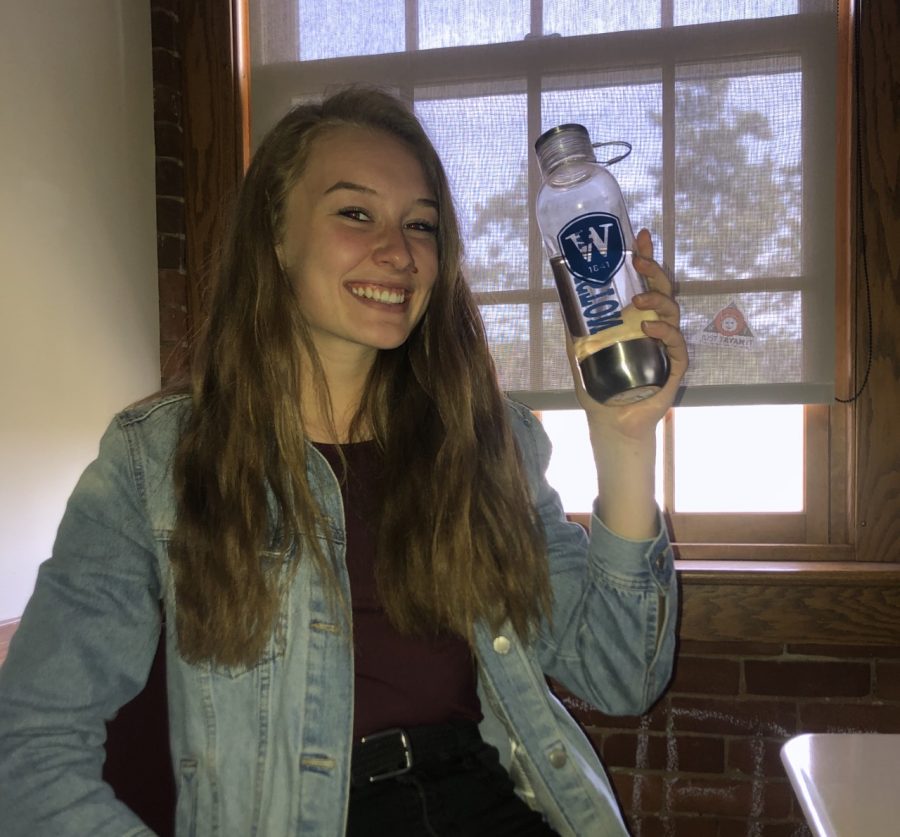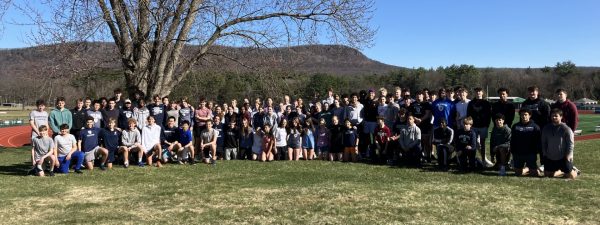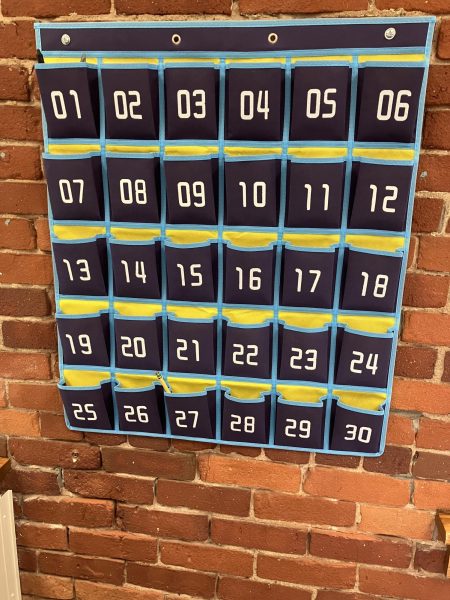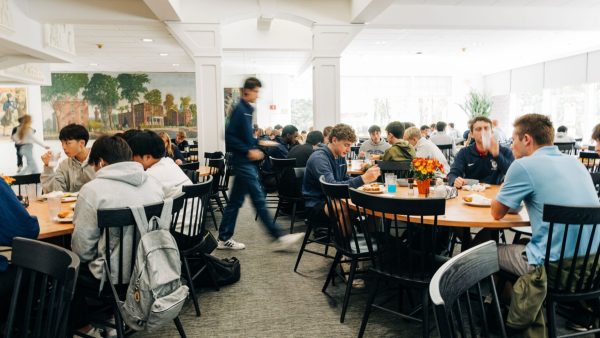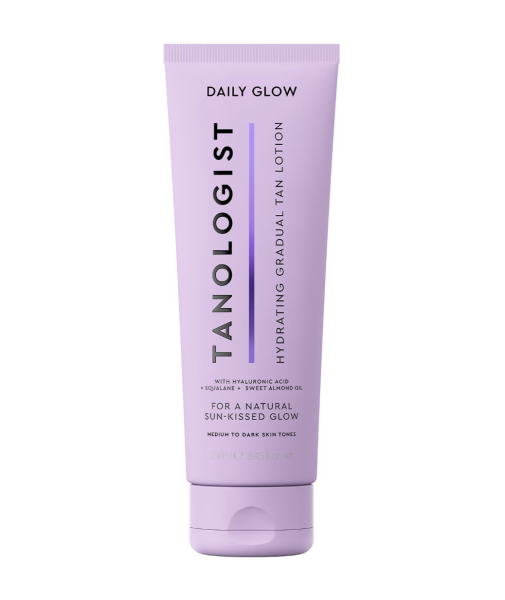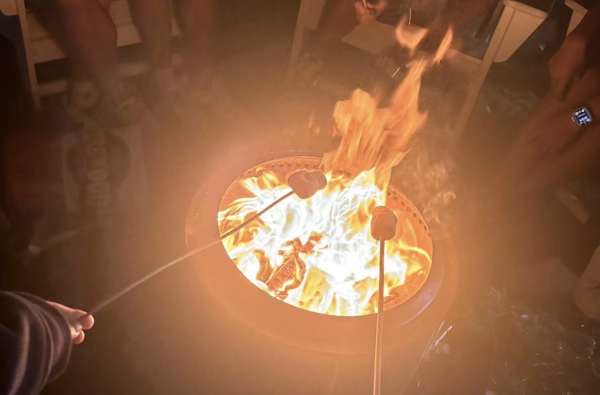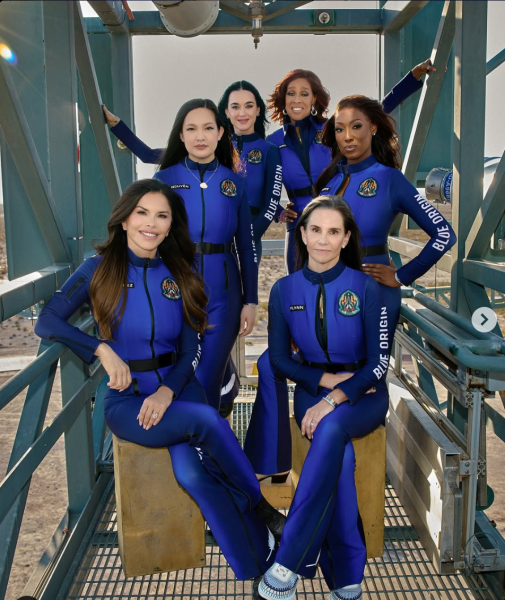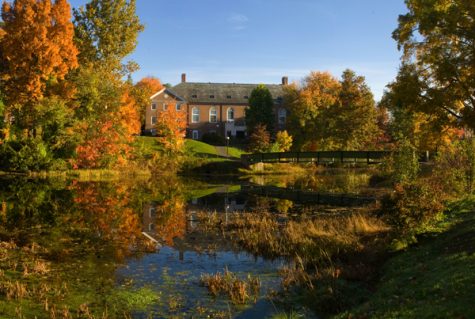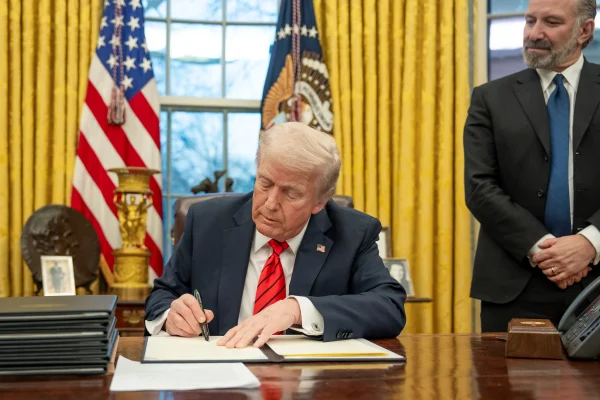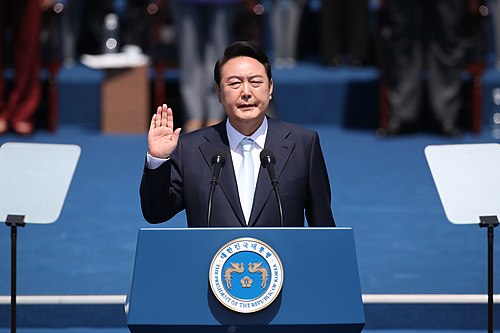Williston Bans Plastic Water Bottles
After meetings, a petition, and a whole lot of work, Williston’s AP Environmental Science class has ended the school’s use of plastic water bottles.
Williston’s AP Environmental Science class, made up of nine students, created a petition to ban plastic water bottles from campus locations like the Stu Bop, Campus Store, and Dining Hall. They also met with Chief Financial Officer Chuck McCullagh and Dining Services Head Christopher Couchon.
The class started the project before spring break, after originally thinking of it during their study on municipal solid waste. When they studied the various components that make up trash, the class visited the Easthampton Recycling Center and also met with Joseph Zewinski, Williston’s Grounds Manager.
Lila Schaefer, a junior in the class, credited Zewinski’s appearance as a catalyst for the project.
“Joe taught us a lot about the trash and recycling systems at Williston,” she said. “[He] inspired the class to carry out a ban on single use plastic water bottles, as he said that is a very common item in the Williston waste stream.”
Lila also told The Willistonian about the “unnecessary waste source” that plastic water bottles create.
“We have lots of water fountains around the school and people have their own reusable water bottles,” she said.
After doing research, Lila and the class also discovered the cost benefit their project has.
“Before the ban, Williston’s dining hall would purchase over 2,000 single use water bottles each trimester,” she said.
The 2,000 water bottles used by the dining hall does not include the Campus Store or the Stu Bop.
According to Jane Hannigan, the Campus Store Manager, the Campus Store hasn’t sold bottled water since the water foundations were replaced, although they do sell drinks in plastic.
“One of the drinks is a sports drink that is an enhanced organic water with minerals, vitamins, electrolytes and PH balanced,” she said. The drink, called Core Hydration, costs $2.25 at the Campus Store.
Hannigan told The Willistonian that the average sales per trimester is around 60 bottles, although sales vary based on the time of year. The retail total is $135 per trimester with a wholesale cost of $66.
Williston’s CFO, Chuck McCullagh, was delighted when the AP Environmental Science students reached out to him about the ban.
“We can get into anything that the students are into,” he said. “Our original recycling and composting plan was motivated by the students.”
McCullagh also mentioned Williston’s use of hydration stations across campus, generously donated by an alum a few years ago.
“A few years ago, when we had the hydration stations we pushed really hard to get rid of the plastic water bottles, but there were a few sports that we were struggling with.”
The CFO noted specifically problems in the dining hall, when athletes got their lunch to go on Wednesdays and Saturdays before their games.
“We didn’t get all the way there in terms of the project,” he said. “And when this group was saying they wanted to do that, I was like all over it.”
McCullagh also mentioned the elimination of vending machines around campus.
“We used to have Coke machines in four or five locations on campus and my arrangement with Coke was that I didn’t want to see any plastic water bottles in those machines and they agreed to it,” he said. “And we went around and looked after AP Environmental class and they [had] snuck in Dasani, so we sent them away.”
McCullagh also helped implement the plan with Sage Dining Services.
“I called Sage and said we were no longer doing [plastic] water bottles, and they should figure it out,” he said. “We also have extra [reusable] water bottles in the campus store readily available.”
AP Environmental Science teacher, Jeff Ketcham, noted that Williston students should be more than happy to use reusable water bottles, as Easthampton has won awards as having some of the best water in the United States.
“Easthampton has won awards for our water; we have the best water in the country, so I think bottled water is even more silly here,” he said.
It’s true: in February of 2015, the Easthampton Water Department won the gold medal for best-tasting water in the United States at the 2015 National Rural Water Association Rally in Washington, D.C.
After the AP science students visited the Easthampton Recycling Center they were inspired to propose a ban on plastic water bottles. The class decided to create a petition, according to Ketcham, and they received 233 signatures in just two lunch periods.
Lila told The Willistonian how positive the petitioning experience was.
“Most of the people who we talked to about signing the petition were really excited to take part in the discontinuation of the use of single use plastic water bottles at Williston,” she said. “We were surprised that almost half the school signed.”
Part of the excitement, Lila thinks, is because good drinking water is so accessible at Williston.
“No longer having access to single use plastic water bottles does not drastically affect anyone,” she said. “We have 28 water bottle filling stations and every student has a reusable water bottle that they were given at the beginning of the year.”
Annika Johnson, a senior in the class, was passionate about Williston’s role in this issue.
“Williston inherently is shaping kids’ lives; everything [the school] does is about preparing kids for the future, and I believe it’s crucial that the school steps up and shows that it values the preservation of the environment and a sustainable future on earth.”
Lila agreed with her classmate and believes that the administration was incredibly helpful in supporting the transition.
“The administration was totally on board, and many people we talked to said they had been wanting to do something like this for a long time,” she said. “I think the administration was excited that this change was coming from the students.”
Ellie Wolfe is a senior from Northampton Massachusetts. In her free time, she enjoys going for runs and hanging out with her friends, and runs The Willistonian...



